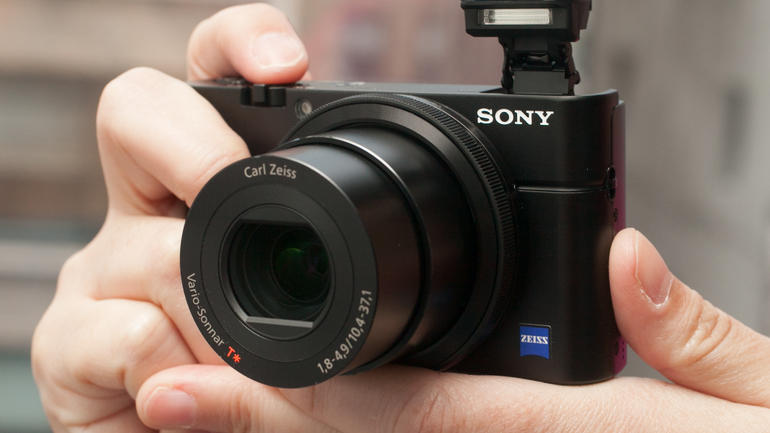A crystal-clear lens is essential for capturing stunning photos. Lenses inevitably get dirty, whether from dust, fingerprints, or raindrops. Knowing how to clean your camera lens properly is crucial for every photographer, from beginner to professional. I’ve been there many times, facing a smudged lens mid-shoot. Trust me, mastering this simple skill will prevent frustration and prolong your gear’s life.
There’s nothing worse than thinking you’ve captured “the shot,” only to discover a fingerprint ruining the image. Let’s learn how to keep lenses spotless so you never miss those once-in-a-lifetime photo opportunities due to a dirty lens. Use lens wipes and cleaning solution on your lens surface.
Table of Contents:
- The Importance of a Clean Camera Lens
- How to Clean Camera Lens: A Step-by-Step Guide
- Maintaining a Clean Lens: Tips and Best Practices
- Common Mistakes to Avoid When Learning How to Clean Camera Lens
- Conclusion
The Importance of a Clean Camera Lens
Clean lenses are vital for sharp, crisp photos. They produce higher-quality images by ensuring light hits the image sensor without obstruction.
Dust or debris blocks and distorts incoming light rays. This negatively impacts image quality and affects focus.
Beyond image quality, clean equipment lasts longer. Regular cleaning and proper care are key for extending the life of your gear and getting good condition equipment. Protect your investment and your passion for photography.
How to Clean Camera Lens: A Step-by-Step Guide
Before cleaning, first determine if your lens truly needs cleaning.
Testing for Dirt
This is simple. Set your camera to manual focus, then twist the focus ring to infinity. This makes dust particles easier to spot.
Photograph a plain background and zoom in on the image on your LCD screen. Look for specks or smudges that indicate dirt.
Gathering Your Cleaning Kit
Once you’ve identified dirt or grime, it’s time to gather your cleaning supplies. Avoid household items, which can damage lens coatings. Invest in these camera cleaning tools:
- Air Blower: A quality air blower, available from Adorama, lasts practically forever. Avoid compressed air, which can cause moisture buildup. Never use your breath, as the moisture can condense on the lens.
- Soft-Bristled Brush: Camel or goat hair brushes effectively remove stubborn dust. These are available from various brands at affordable prices.
- Microfiber Cloth/Lens Wipes: These lint-free cloths are ideal for cleaning optical surfaces. Avoid rough cloths that can scratch the lens. Lint free cloths designed for lenses are best for the job.
- Cleaning Fluid: Use specialized cleaning fluid for camera lenses, available from retailers like B&H Photo and Adorama. Alcohol or Zeiss cleaning wipes can tackle tough residue and fingerprints without damaging coatings.
Cleaning Process
With your cleaning kit assembled, you’re ready to clean your lens. It’s good practice to put your camera cap back on your lens when you’re not using it.
- Remove Loose Debris: Use the air blower to remove loose dust and dirt.
- Brush Away Stubborn Particles: Gently brush away any remaining dust with the lens brush, paying attention to crevices.
- Apply Cleaning Fluid: Place a small drop of cleaning fluid on the outer edge of the lens. This prevents the fluid from seeping into internal lens mechanisms.
- Wipe Gently: With a microfiber cloth or lens wipe, gently wipe the lens in a circular motion from the center outwards. Use a fresh area of the cloth as needed.
Maintaining a Clean Lens: Tips and Best Practices
Regular maintenance minimizes the need for deep cleaning. Here are some simple tips for keeping your camera lens clean between uses. Ensure that your camera lens cleaning cloths and lens cleaning fluids are suited for optical quality lenses.
Proper handling of sensitive optical gear is more effective than frequent cleaning. Mindfulness and avoiding common mistakes are key to protecting your expensive equipment.
- Use Lens Caps: Always replace the lens cap when the camera is not in use. Avoid touching the lens element with your fingers.
- Proper Storage: Store lenses in a safe, dry place, such as a camera bag, when not in use. Silica gel packets can help absorb moisture and avoid touching the camera lenses.
- Quick Changes: Minimize the time lenses are exposed to the air when changing them. This reduces the risk of contamination.
Common Mistakes to Avoid When Learning How to Clean Camera Lens
Over two decades as a professional photographer, I’ve learned a few things about how to clean camera lens and also things *not* to do. Let’s avoid these common cleaning mistakes to save money and protect your equipment.
| Mistake | Why to Avoid |
|---|---|
| Using abrasive cloths or paper towels | These can scratch the lens surface, degrading image quality over time. |
| Using household cleaners | Chemicals in household cleaners can damage lens coatings. |
| Canned air | Canned air can damage the camera sensor and mirror, and also introduce moisture. |
| Not cleaning your lens mount | Cleaning the lens mount on the camera body before changing lenses prevents dirt from entering the camera. |
Conclusion
Proper lens care, including storing lenses in pouches with desiccating packs, is crucial for maintaining equipment and image quality. Regularly cleaning your lenses is a simple but significant step in protecting your investment. Keep your RF lenses, and any other lenses, clean using a good cleaning cloth to wipe away dirt, dust, and fingerprints. Doing this will help improve your image quality.
Learning how to clean a camera lens is far easier than repairing one. Now go out and capture those breathtaking shots. Removing dirt or debris is easy.
Check out our other articles for the latest Future Photographer content.

